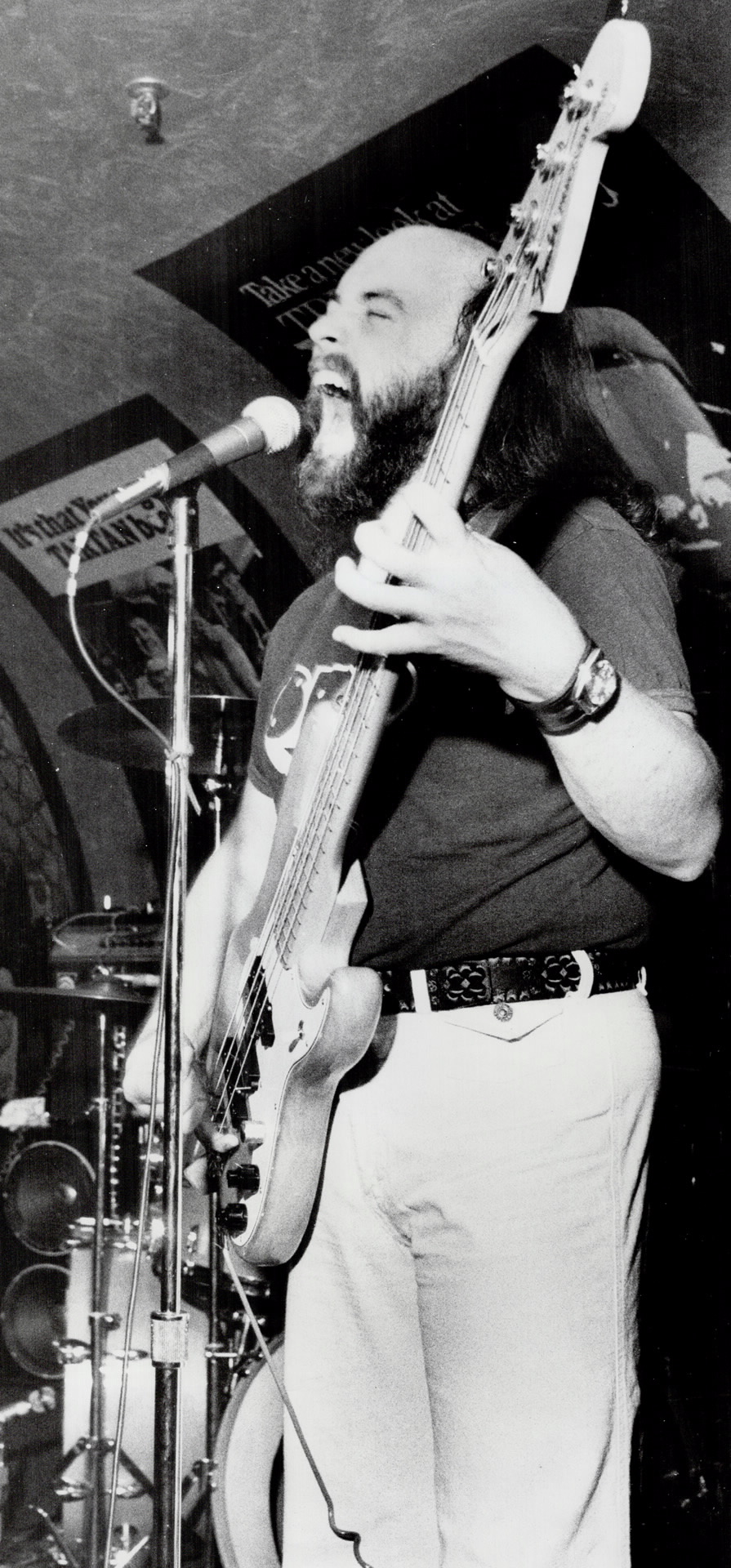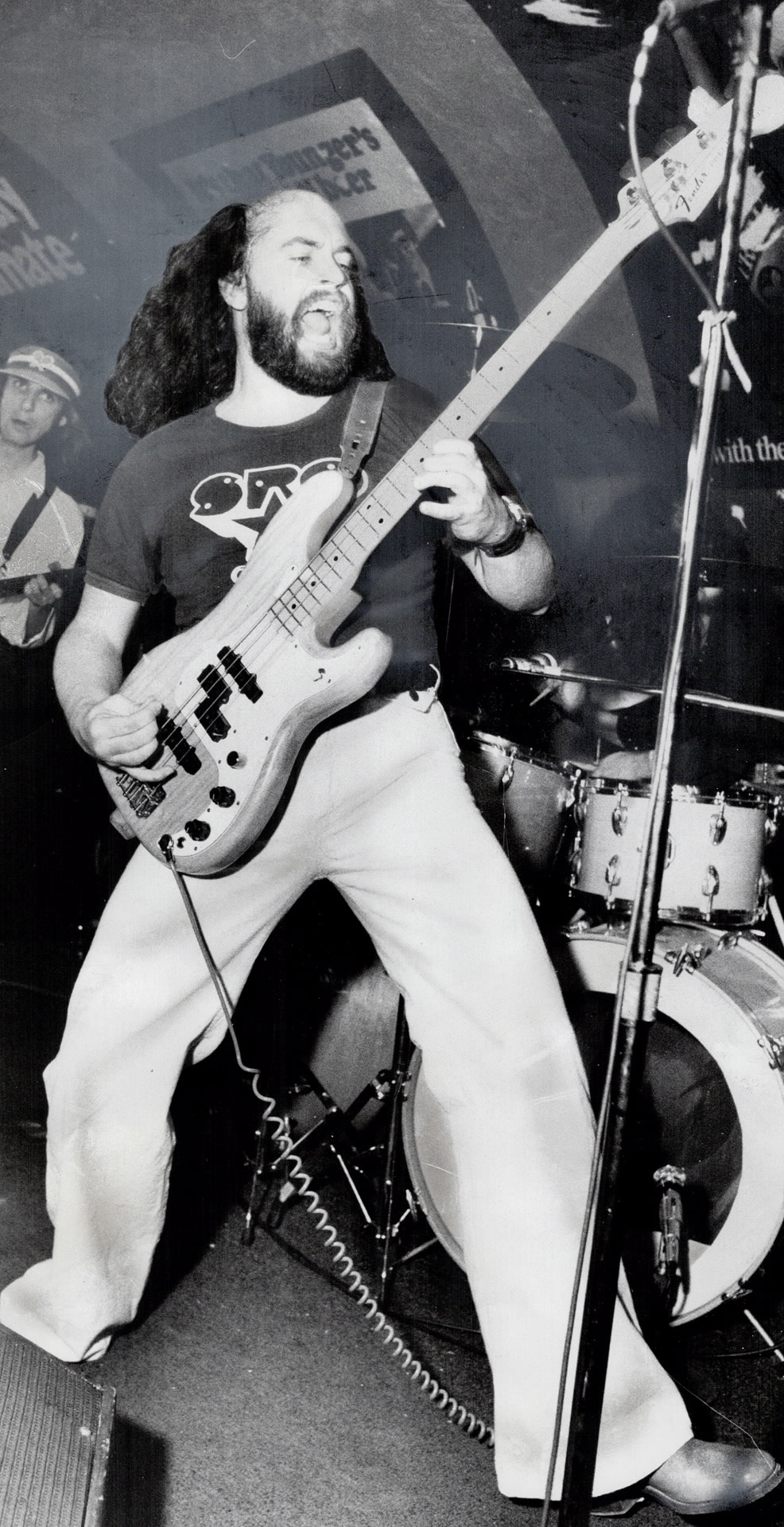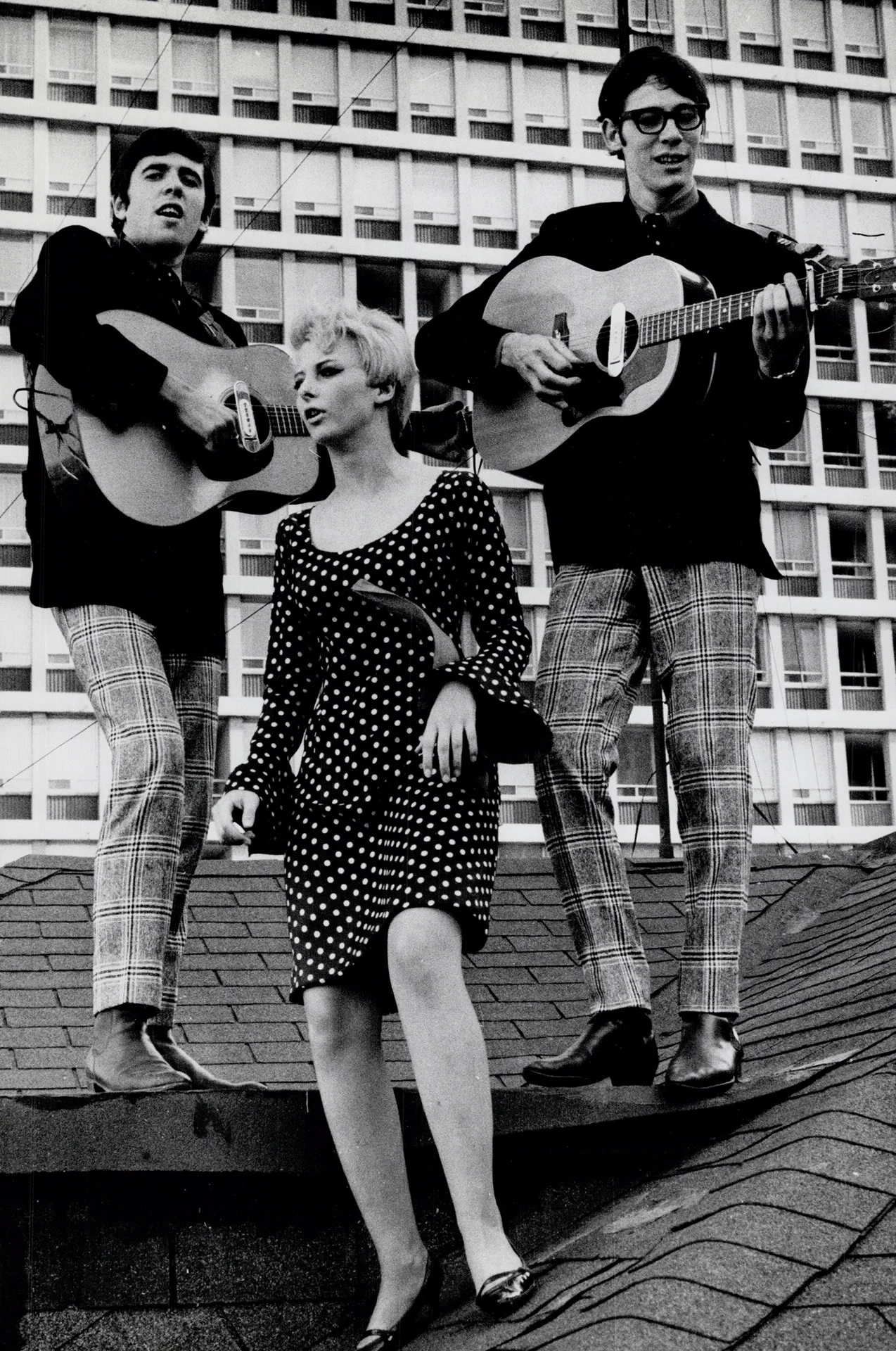The 3 day camping festival was held from Friday August 28 to Monday September 1 and was attended by about 6000 people, 1/2 of which were camping on Elwood Hill’s 300 acre campground. He had invested $50,000 to put in stage facilities, sound equipment, and promotion.
The September 1 issue of the Globe and Mail contained an article by Melinda McCracken (“The fan's’ watery applause soaks pop musicians“) which described a laid back scene at the festival with people “happy to be out in the country and away from the strictures of city life and home“. As for the police: “… the 65 police on duty, recruited from nearby small torns, seemed to overlook practically everything and reported no problems“.
In the same issue, Michael Valpy’s article “Freakout at the pop festival: LSD with speed, LSD with strychnine, LSD with Everything“ starts out ominously: “Through the sound and the darkness, the drug casualties came up the dirt road Saturday night..”. The article describes the work done by the volunteer psychologists and doctors at the Yorkville Trailer which helped the 30 or so kids that were “the victims of LSD, speed, opium, heroin, hashish, LSD mixed with strychnine, LSD mixed with speed and beer, LSD mixed with God-knows-what.“ After tales of “weeping, terrified girls, boys who were dazed and mumbling“, there is a positive note - one girl coming out of a bad trip was quoted saying “I’m going straight. I’m going to take that church job.”
A September 4 letter to the editor calls out Valpy’s article for embellishing and exaggerating: “Facts alone make for boring reading. Subjective impressions stemming from stream of consciousness are just as meaningless and, therefore, just as boring”.
In 1970, the festival was planned for the weekend of September 5/6. On August 27th, a seldom used section of the Police Act was invoked to attempt to force Mr. Hill to pay for policing the concert (a total of $109,865.70). On September 2nd, the Globe and Mail reported that a Dufferin country judge issued an ex-parte injunction against the festival, and the case went to the Supreme Court - the end result was that the Ontario Government allowed the festival to go ahead, as Mr. Justice Stewart said “I’m being asked to restrain something and I don’t know what it is.” Mr. Hill refused to pay the policing costs and the concert went ahead.
As a result of all this, the Ontario Provincial Police (assisted by RCMP narcotics offiers) set up roadblocks at the entrances to Rock Hill and stopped all vehicles going to the concert to search for drugs:





































